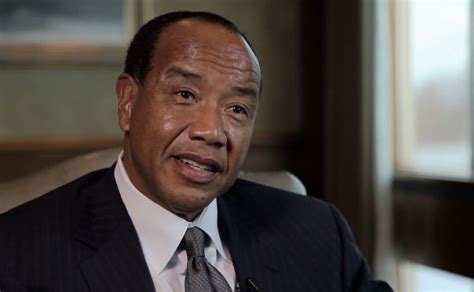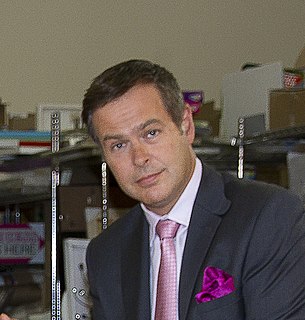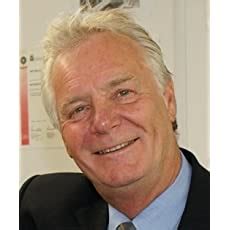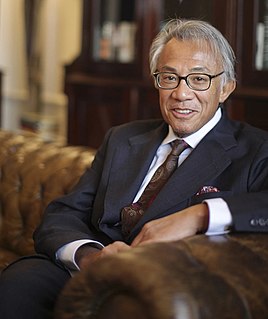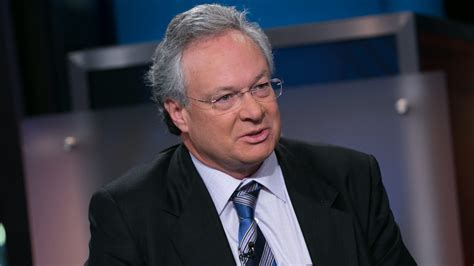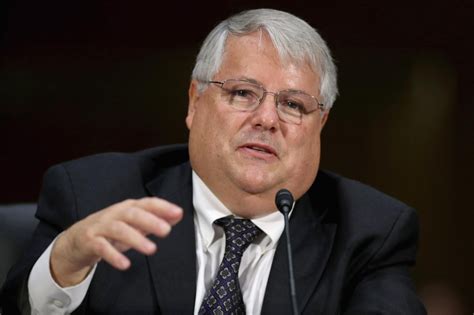A Quote by Jeff Bezos
If you look at academic studies, you can see that stock prices are most closely correlated with cash flow. It's such a straightforward number. Cash flow is what will drive shareholder returns.
Related Quotes
We've done price elasticity studies, and the answer is always that we should raise prices. We don't do that, because we believe -- and we have to take this as an article of faith -- that by keeping our prices very, very low, we earn trust with customers over time, and that that actually does maximize free cash flow over the long term.
The essence of a good investment manager is one who studies a given business and extrapolates the future cash flows that the business is likely to generate over the next several years. Based on the cash flow and asset assessment, they can then arrive at their expected rate of return if they bought a fraction of that business at a given price.
Too often we measure everything and understand nothing. The three most important things you need to measure in a business are customer satisfaction, employee satisfaction, and cash flow. If you’re growing customer satisfaction, your global market share is sure to grow, too. Employee satisfaction gets you productivity, quality, pride, and creativity. And cash flow is the pulse—the key vital sign of a company.
Percentage margins are not one of the things we are seeking to optimize. It’s the absolute dollar free cash flow per share that you want to maximize, and if you can do that by lowering margins, we would do that. So if you could take the free cash flow, that’s something that investors can spend. Investors can’t spend percentage margins.
The major changes that will be occurring within the new merged partnership are exciting in many ways. First, we will have the highest forecast distribution growth rate of any of the major MLPs. Second, our coverage will be above average for the same peer group with expected $1.1 billion of excess cash flow coverage through 2017 and the Access cash flows, along with our major new fee based projects continue to dramatically reduce exposure to commodity prices.
There are several things that can create an alpha - stock buybacks are one. High dividend yields are another, especially nowadays because the stock market yields more than the banks and the tenure treasury. But by and large, it tends to be companies with a strong cash flow, rising sales, accelerated earnings, a profit margin expansion.

